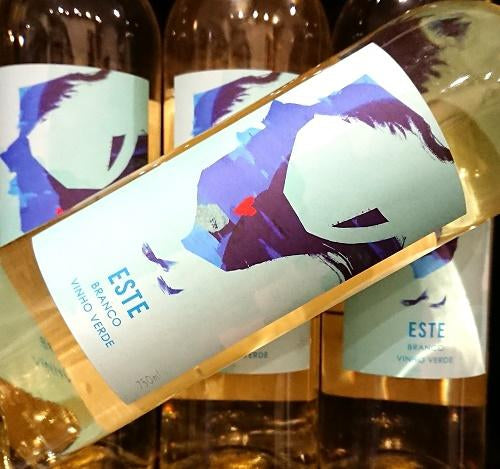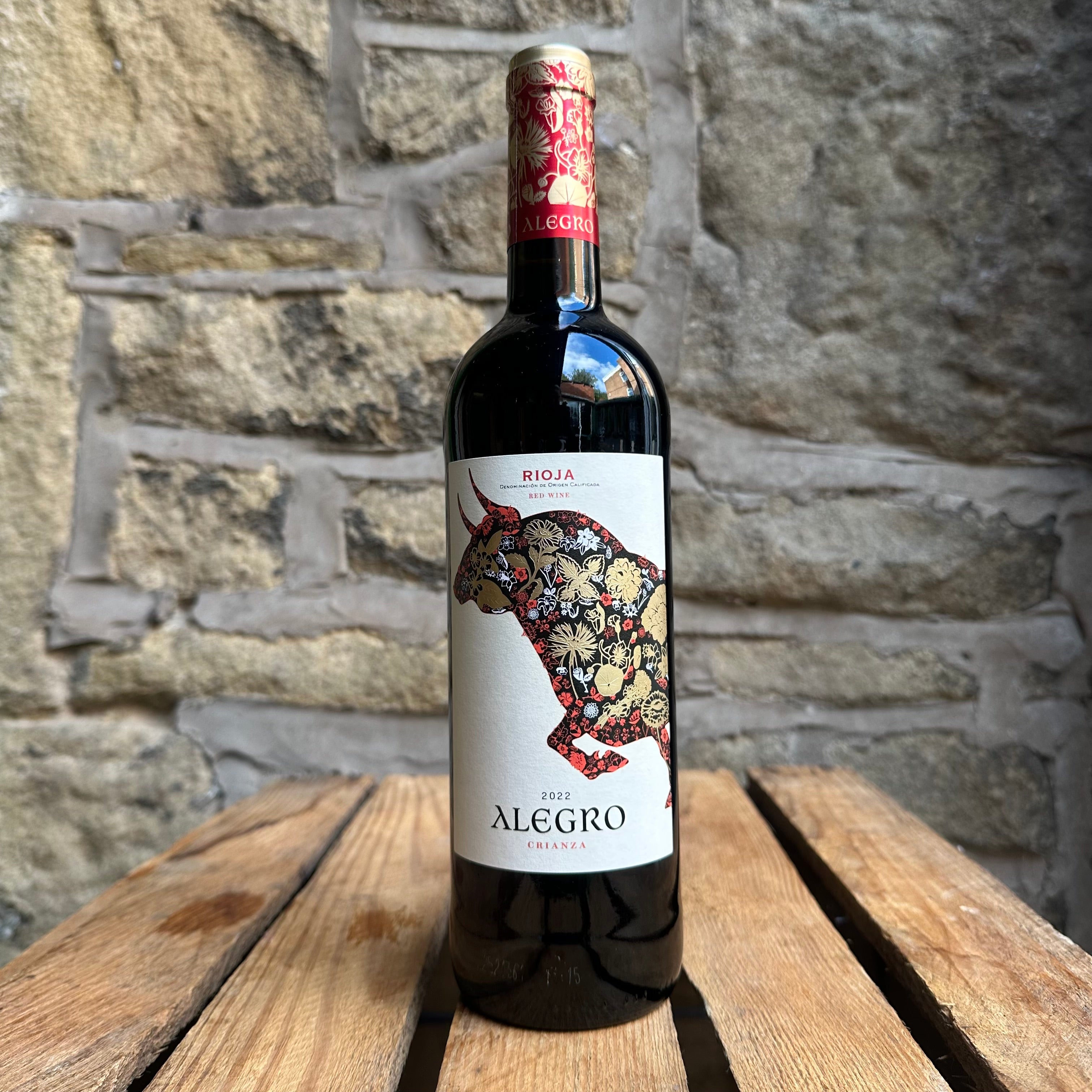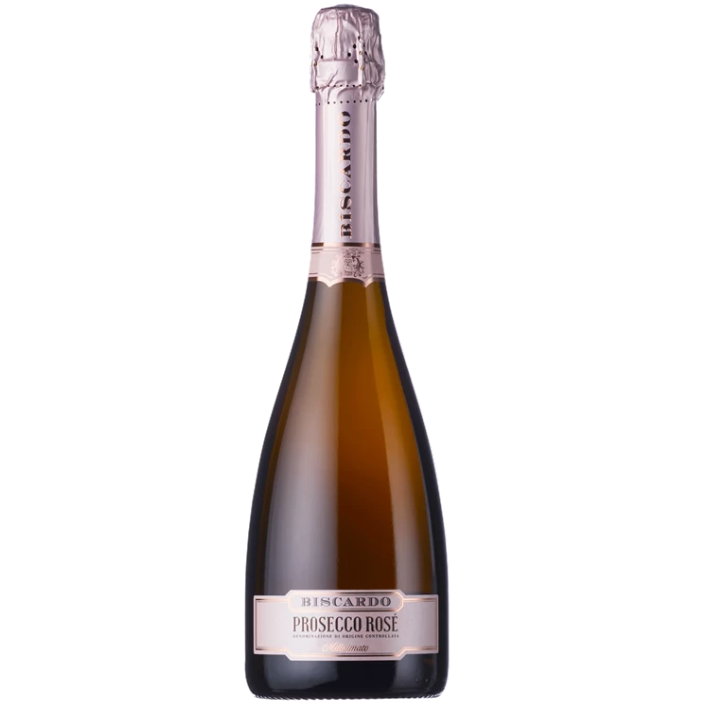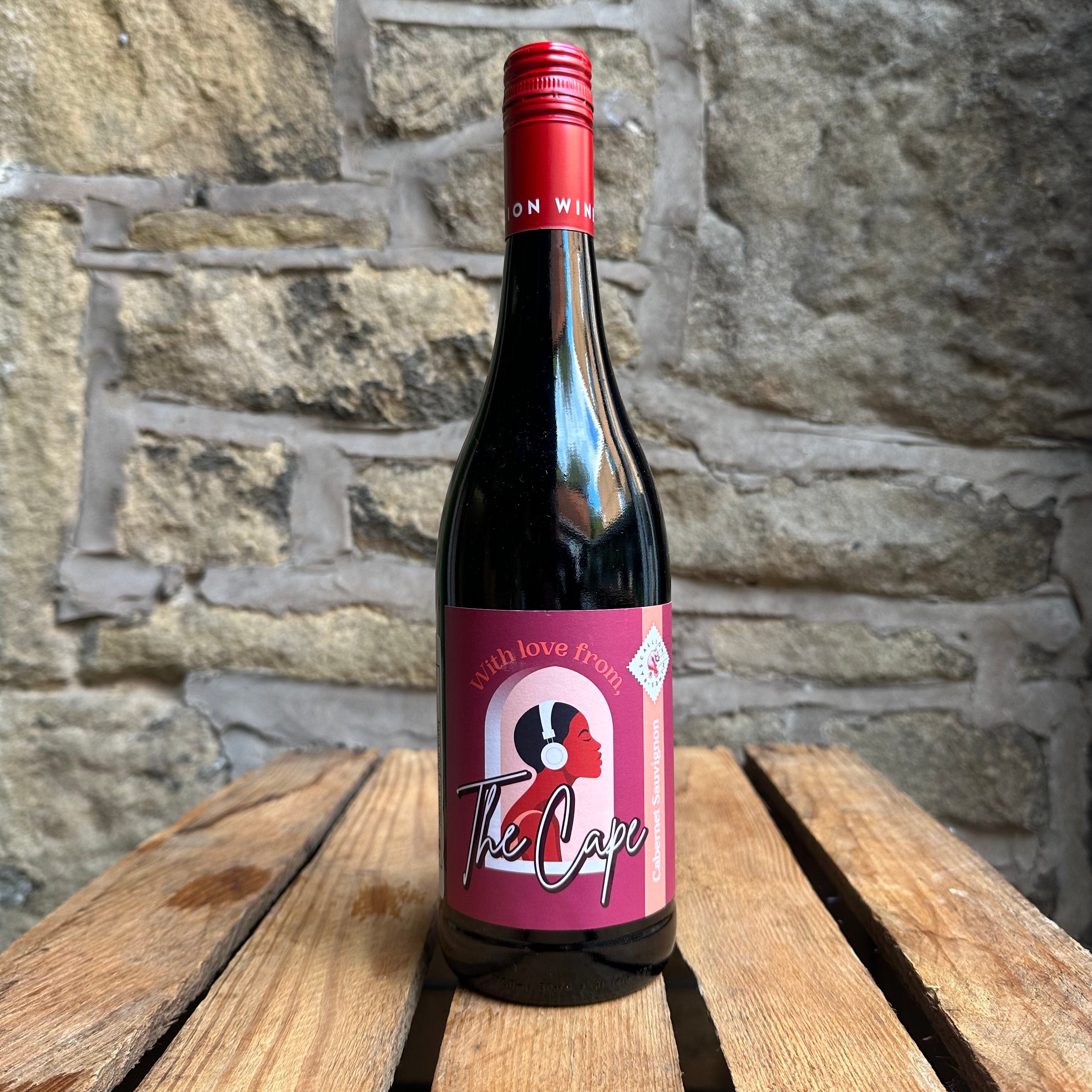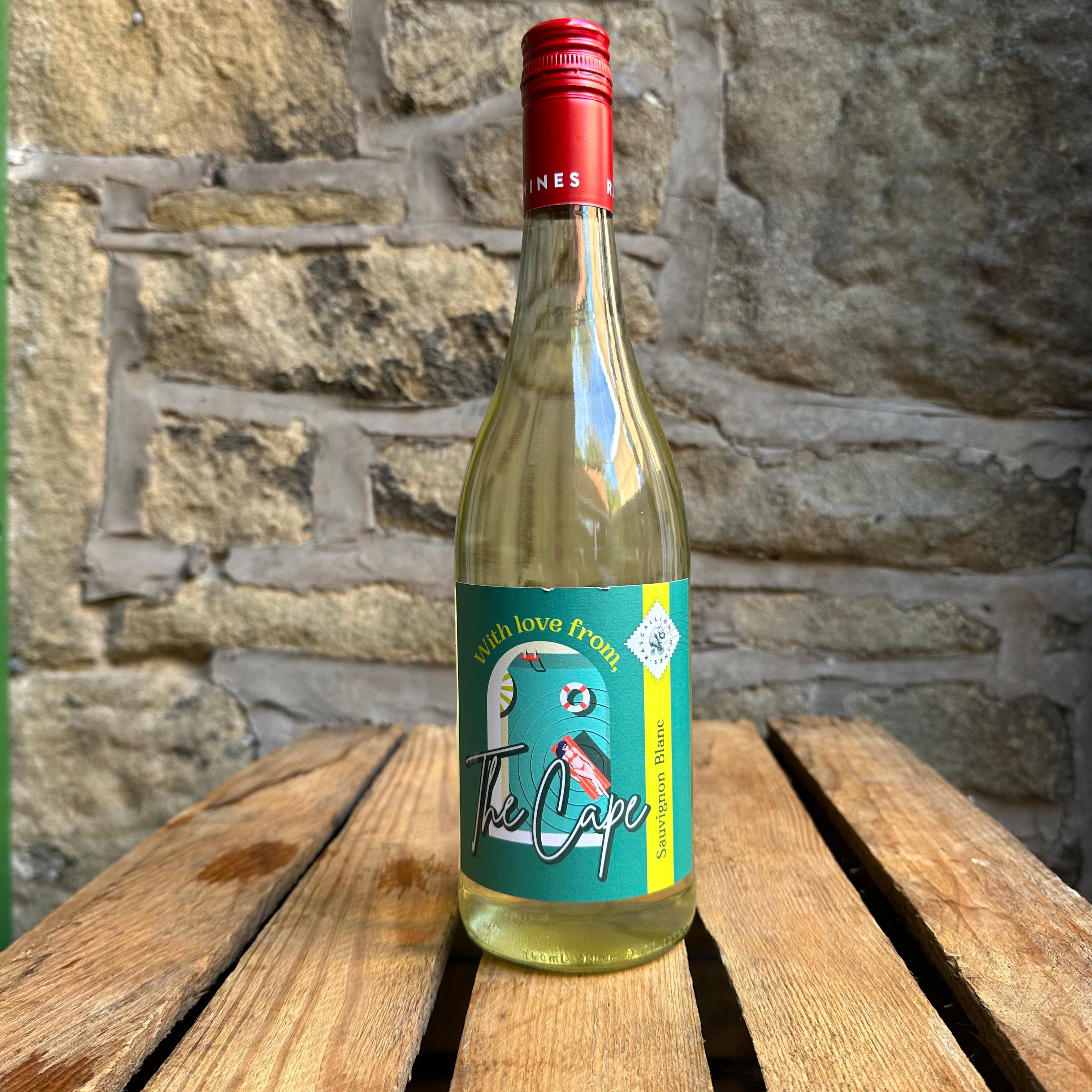Portugal is known for its blends of a wide variety of indigenous grapes. Although excellent varietals are available, Portuguese winemakers have long expertise in producing blends of premium quality. In anticipation of our Portuguese Wine Tasting on 23rd March, we’re taking a fresh look at key regions, grapes and recommended wines.
VINHO VERDE DOC
Vinho Verde is the northernmost and largest wine region in the country and also one of the oldest having produced wine for over 2,000 years. 'Verde' refers to the wines being young, usually released 3-6 months after harvest and therefore creating, usually white, typically clean and fresh wines with lots of fruit aromas and flavours.
Este Vinho Verde Alvarinho uses 100% ALVARINHO grapesknown for their citrus, stone/tropical fruit and floral hints. This is a tropical fruit-forward example, complex and engaging.
Este Vinho Verde blend uses refreshing LOUREIRO adding aromas of laurel flowers, lime blossom, apples and peaches; TRAJADURA adding body as well as crisp, citrus characters with some stonefruit; and ARINTO known for vibrant wines with good mineral acidity, citrus and apple. The result is a soft, harmonious, fresh citrus & floral wine showing slight spritz.
Similarly, Signus Vinho Verde uses the same 3-grape blend but shows a scented nose of crushed apples and tropical fruits. A softly aromatic wine with a fresh palate and crisp finish.
DOURO DOC
As the origin of Port, Douro is well known for its fortified red wines. The region is rugged and mountainous with the River Douro running through. This provides good terroir for grapevines on steep slopes by the river, benefitting from sunlight and good soils.
Meio Queijo blends TOURIGA FRANCA's aromas of black berry fruit and flowers; elegant yet robust TINTA RORIZ with intense berry fruit and spice; and TOURIGA NACIONAL for excellent structure, body and concentrated black fruit. The result is bursting with fresh fruit and has excellent weight and finish.
Sagrado Tinto also uses TOURIGA NACIONAL & TOURIGA FRANCA, adding TINTO AMARELA which brings fresh aromas of herbs, flowers and blackberries. This is a strong, full bodied wine packed with very ripe black fruit.
Sagrado Branco blends RABIGATO with aromas of peach, citrus, acacia and orange blossom; naturally crisp GOUVEJO with citrus and apple; VIOSINHO adding body and fragrance; and CODEGA DO LARINHO with its lemon, peach, pineapple and field flowers. The result shows green fruit, pear and fresh tropical flavours with a touch of honey.
PICO DO
Pico Island is part of the volcanic groups of islands that make up the Azores and is nicknamed ‘The Island of Wine'. It is a UNESCO World Heritage Site due to its distinctive viticultural practices.
Rola Pipa uses the ARINTO DOS ACORES grape from Pico Island, a cross between VERDELHO and SERCEAL. This grape is indigenous to the Azores and distinct from the Arinto grape of the mainland. It typically produces tropical, creamy aromas and flavours, with the volcanic terroir providing good minerality and hints of smoke. Malolactic fermentation adds complexity to produce a medium bodied wine with intense floral aromas of acacia and honeysuckle, combined with pear, honeydew melon and hints of tropical pineapple.
ALENTEJO DOC / ALENTEJANO
The Alentejo region covers about a third of Portugal and mainly consists of gentle hills and plains providing a wide scope for differing wines. near enough to the coastline to benefit from the ocean climate for good viticulture. Its warm climate means the region produces red wines which are typically easy drinking, fruity and full-bodied, and white wines with good acidity and tropical fruit tones. Labels can read Alentejo DOC or Alentejano VR to denote a wine from the region.
Pato Frio is made with the ANTAO VAZ grape known for its good acid, tropical fruit and suitability for oaking. The resulting wine shows intense tropical fruit aromas overlaid with hints of citrus, mineral notes and long, satisfying finish.
Barrancoa is also made with ANTAO VAZ, as well as the mineral, citrus and apple of ARINTO, plus SIRIA for floral notes, peach, melon and citrus. The wine is well balanced and shows these tropical and citrus fruit aromas with a tone of minerality and notes of spring flowers and green vines.
Amnesia Alentejo red blends ARAGONEZ (aka Tempranillo) known for its cherries and suitability for youthful and mature wines; SYRAH for full body, dark fruits and spice; and TOURIGA NACIONAL to add structure, body and concentrated black fruit. The completed blend shows soft tannins, wild berry and red fruit aromas together with notes of pepper.
LISBOA
North west of Lisbon, this region has a lot of wine co-operatives producing a wide range of varieties from youthful whites to well-matured reds. Its location alongside the Atlantic provides coastal climate, with the mountain ranges providing protection for inner areas. Many popular wines from the region are known for their easy-drinking and refreshing styles.
Prova Regia Arinto uses 100% of the vibrant ARINTO grape known for its good mineral acidity, citrus and apple. The resulting wine shows fresh floral notes and fruity aromas with deep mineral freshness standing out giving it a crisp character.
Azulejo white uses full bodued RABIGATO with its aromas of peach, citrus, acacia and orange blossom; the naturally crisp GOUVEJO showing citrus fruit and apple; and the full bodied, fragrant VIOSINHO. The result is a light, fresh and zesty wine showing green fruit and pear with a touch of honey and a smooth, dry finish.
Azulejo red blends the intense berry fruit and spice of TINTA RORIZ with CASTALEO, known for producing easy-drinking youthful to powerfully intense aged reds, all with good red berry aromas. This is a very well balanced wine showing ripe red fruits, vanilla overtones and a long, pleasant finish.

